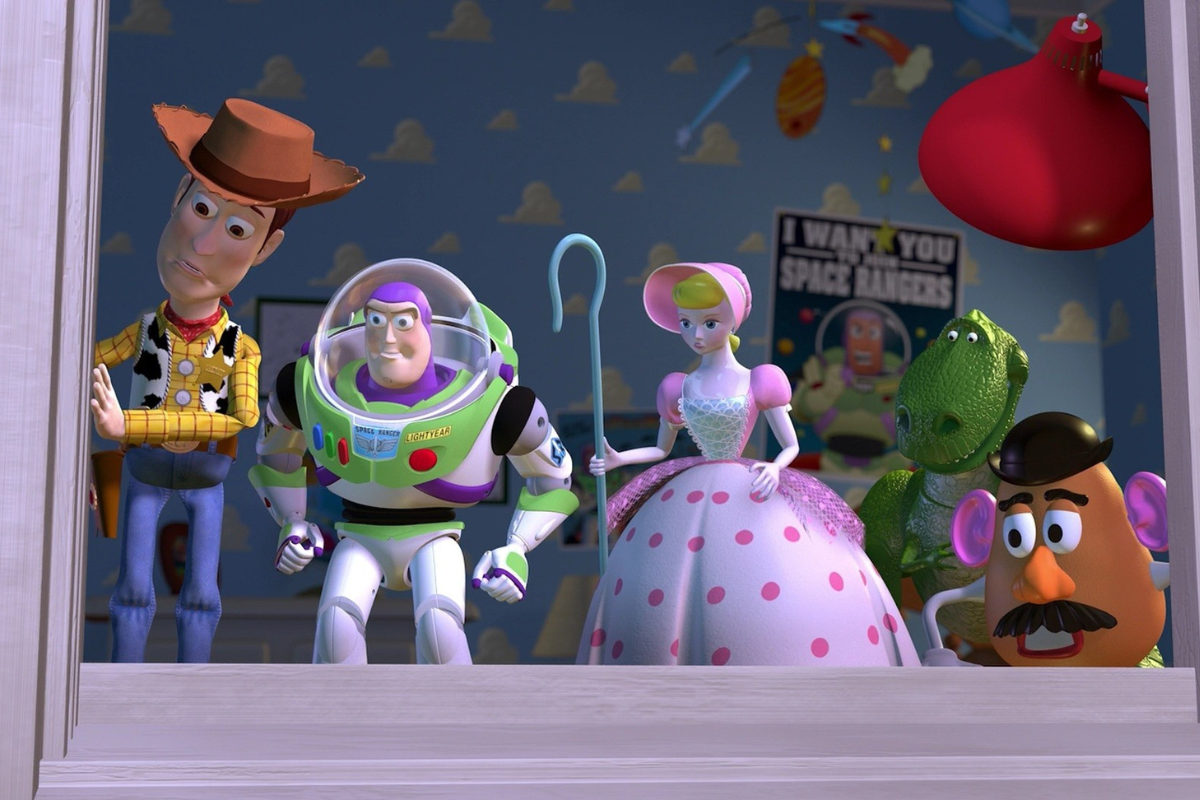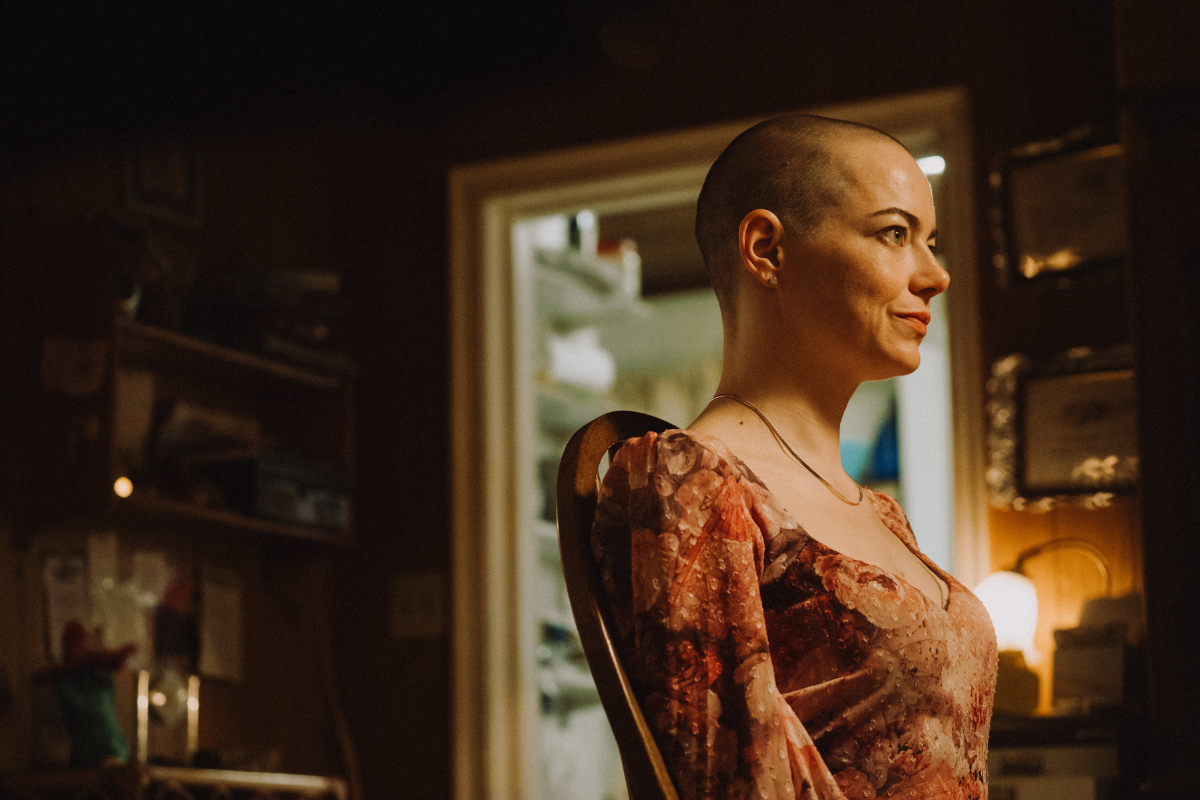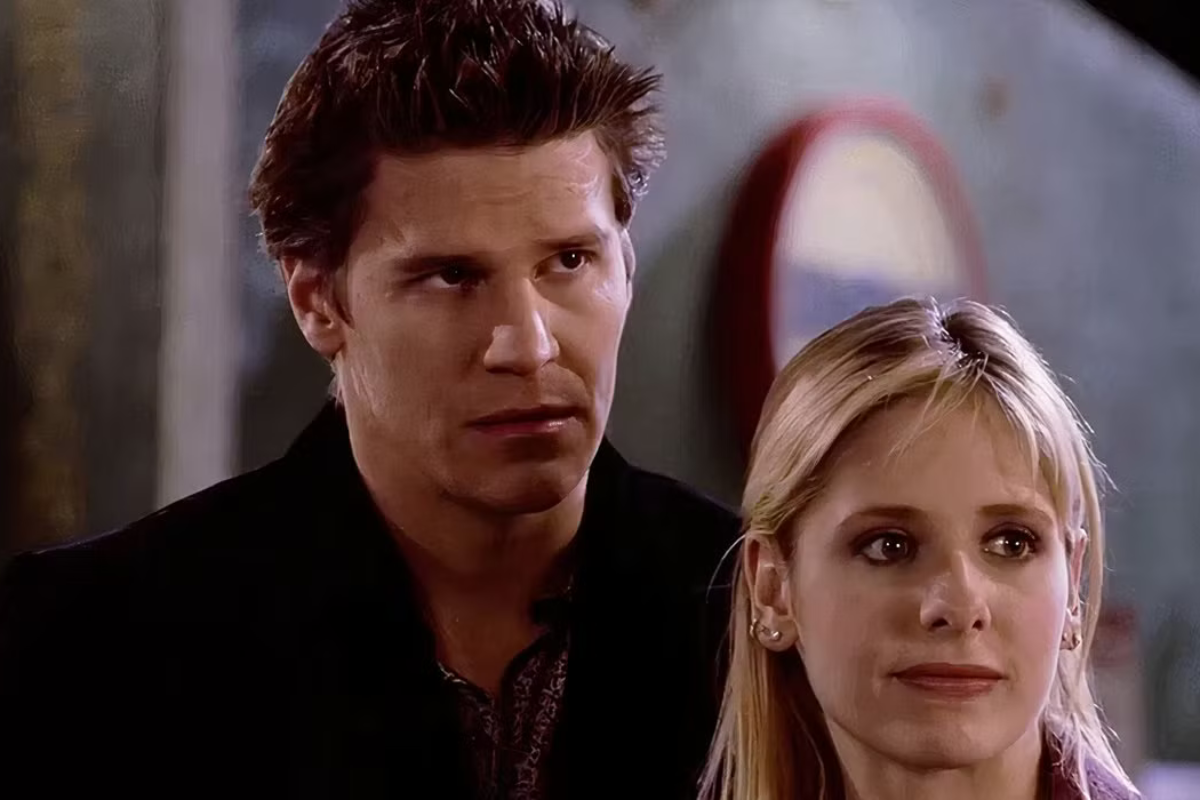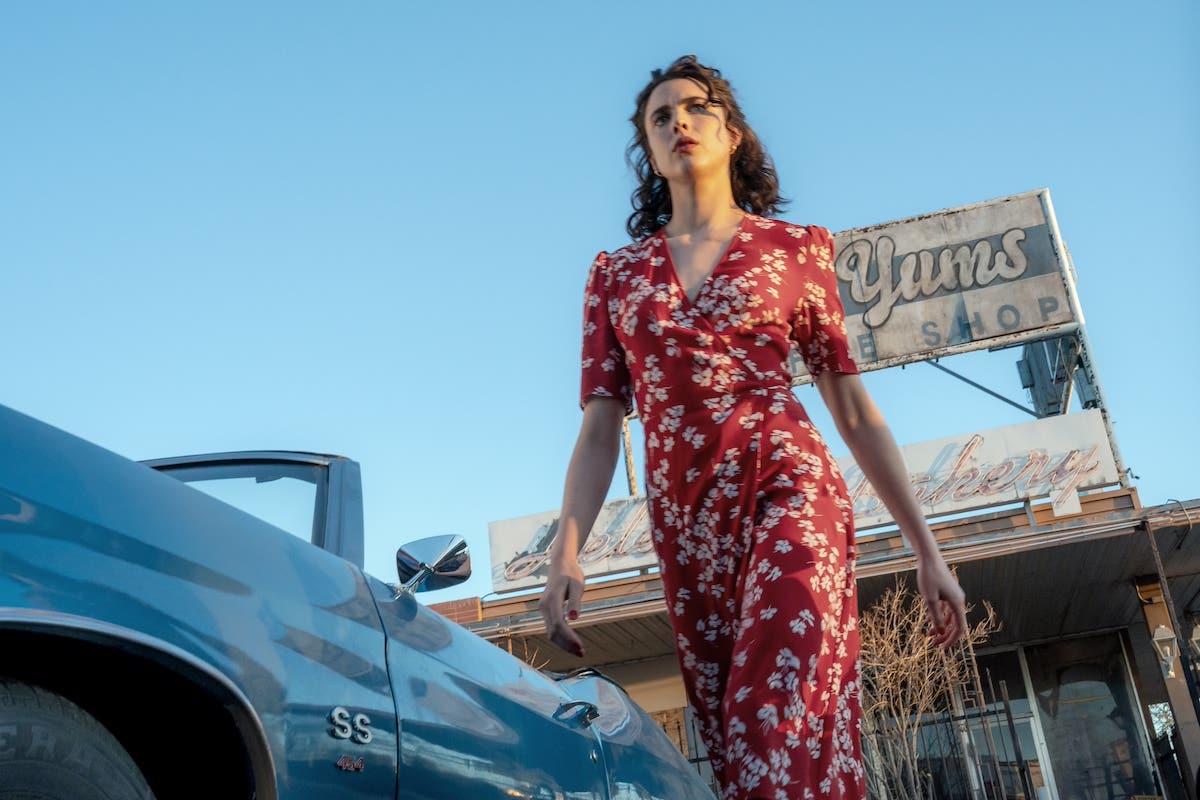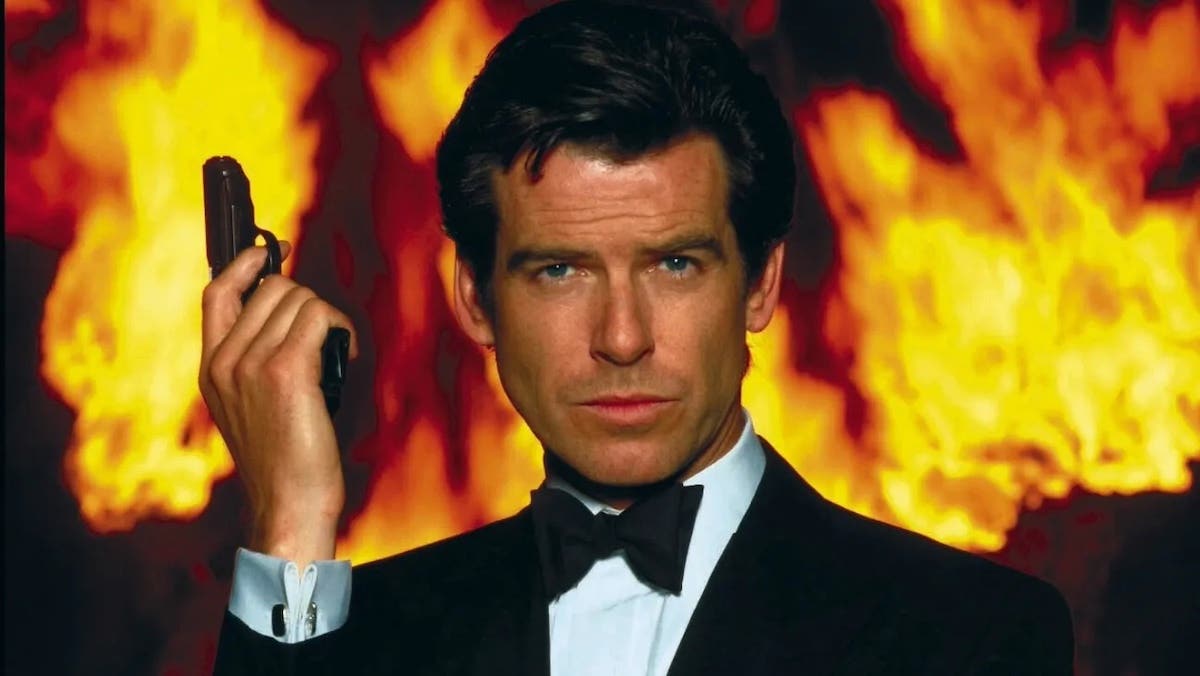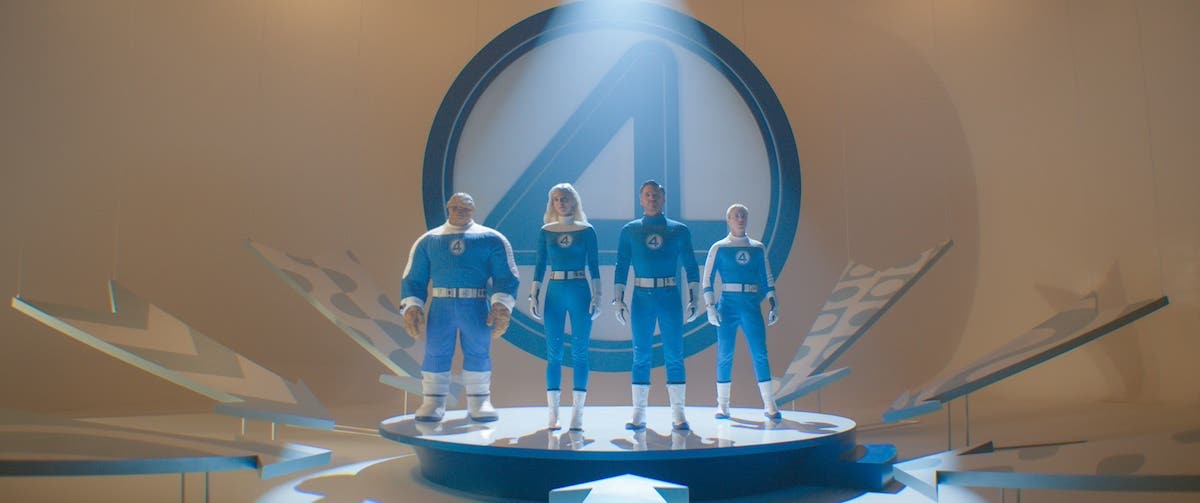BEHIND THE LINES WITH DR: Sex Trafficking Jam
Doug Richardson talks about writing a fiction book with the subject matter of sex trafficking while also having a 15-year-old daughter.
Doug Richardson’s first produced feature was the sequel to Die Hard, Die Harder.Visit Doug’s site for more Hollywood war stories and information on his popular novels. Follow Doug on Twitter @byDougRich.
Three-plus weeks into the release of my newest thriller 99 PERCENT KILL and was gobsmacked by two unexpected results:
One. The reader reviews have been both off the charts and humbling for which I’m forever grateful.
Two. A question I keep getting asked from friends, fans, and reviewers.
What’s it like being the father of a fifteen-year-old girl while at the same time writing a book that involves the sex trafficking of underage girls?
Gulp.
The answer is complicated and, maybe not yet fully examined. It certainly wasn’t in the forefront of my consciousness when I concocted the tale. Yet clearly there are no coincidences when it comes to writing. My fiction work, commercial though it may seem, still spills from my most primal pores. But first, let me back up a little.
99 PERCENT KILL follows Lucky Dey, a former L.A. deputy sheriff who is waiting for reinstatement. During his hiatus, Lucky accepts a one-time private detective gig. The client is a difficult, Midwestern millionaire who has taken up temporary residence in an L.A. hotel while searching for his runaway fifteen-year-old daughter. The story follows two parallel narratives: that of Lucky tracking down the young girl while dealing with her increasingly demanding daddy; and the young girl herself as she tries to navigate some of the darker avenues of Los Angeles, only to fall victim to a predator hell-bent on selling her to sex traffickers.
Now why take on sex trafficking? It wasn’t so much because it’s in the public zeitgeist. In fact, only once I’d wrapped the book did I begin to notice the nearly daily news stories on the worrisome subject. No. My interest is due to this: as the father of a teenage girl, the subject hammers on the strings of one of my greatest fears. My daughter, and also her many friends, is blessedly social. Over the years, I’ve observed eons worth of their wonderfully blithe interactions, gamely wrapped up in a teenage world full of music, gossip, endless streams of social media, and heart-breaking drama. With that much going on, it’s gotta be harder than hades for teen girls to recognize the obvious dangers beyond their immediate circle, let alone be able to mark and evade the sophisticated creeps and predators who spend nearly every waking hour targeting their prey.
With my daughter’s permission, I’m telling the following anecdote.
A few years back, my daughter and I were returning home from one of her many dance classes. The evening was warm, so as we’re oft to do, we were riding in my topless, ’87 Wrangler. On a request from The War Department, we’d stopped at a nearby Subway to pick up sandwiches for a late dinner. As I parked, my daughter (who was fourteen at the time) asked if she could remain in the Jeep while I disappeared inside to hunt and gather our meal. My instinct was to say no. It was dark. And though we were parked right in front of the Subway, the space between two cars was tight. The vehicle to the right was a beat-up maroon panel van. I eyeballed the van for a bit, assessing if there was some kind of threat on the inside. Once I was satisfied that there was no immediate danger, I gave permission for my daughter to stay in her seat.
Now before you think I was unwisely risking my daughter’s well-being, I was, in fact, planning to use the situation as an instructive moment. For some time, I’d been attempting to teach her to pay more attention to her immediate surroundings—a task easier requested than accomplished, especially for a young lady whose head was almost permanently in a cloud of constant creativity and imagination.
As I stepped from the Jeep and entered the sandwich shop, I was keen on keeping my eyes in constant contact. And though I’d have preferred to have witnessed my dear daughter keeping her head on a vigilant swivel, I was instead unsurprised to see her stuff a pair of ear buds into her auditory canals and glue her eyes to the screen of her iPhone. It was a scary picture. In my perspective, my little girl was a perfect target.
It took maybe five minutes to order, pay, and collect the meal. I exited the strip-mall Subway, stood in front of the Jeep, mere yards from her without her so much as glancing through the windshield at me. She was swaying to the beat, lost in her imaginary place, probably choreographing a dance under her innocent skullcap. Walking counterclockwise, I rotated around the Jeep until I was broadside her door, a mere three feet away with little more than the warm air separating the pair of us. I counted to forty or so. She still hadn’t accounted for my presence, let alone the danger I might have presented had I not been the man who loves her more than life itself.
At last, I simply reached out and gripped her firmly around her left bicep. Of course, the scream she emitted was quick and piercing. Once she saw it was me, she giggled, grinned, caught her breath, and thought it was nothing more than her daddy taking advantage of her with a little fun fright.
“You sooooooo scared me,” she laughed.
“No,” I said, climbing back in behind the steering wheel. “You scared me.”
Once she got past the question mark screwed onto her face, I explained myself. I described my little plot, my expectations that in my absence she’d slip into her habit pattern of getting lost in both her phone and some piece of music. I pointed out the maroon panel van parked only feet to her right. If there were predator about, parking in a dark parking lot in front of a Subway might be the perfect spot for someone to lay in wait. That in a matter of seconds, a man with evil in his soul could’ve placed one hand around her dainty mouth and dragged her into that panel van or any other kind of getaway vehicle.
“Bam,” I said to her. “You’re gone. And I haven’t even paid for the sandwiches yet.”
My baby girl was silent, nodding, trying to filter what I was saying in such a way that it didn’t entirely compromise her child-like outlook. I hated having to make such an example out of the situation. I love both her innocence and her inexhaustible sense of wonder. But to keep her a little bit safer, I thought I needed to be willing to compromise her just a little.
Did it work? I’d like to think it did, but I fully admit that to get the real answer you’d have to ask her.
That stop at Subway surely informed that primal part of me which concocted 99 PERCENT KILL.
There’s a small piece of me that feels I’ve exploited my fears, my knowledge which comes from being the father of a teen girl, as well the growing macro issue which is underage prostitution and the sick business of sex trafficking. But that’s one of the perils of fiction writing. So I’ll wrestle with my own sense of guilt. Then again, maybe I can use this small platform to spotlight this very real and present issue and possibly direct you, the blog reader, to groups making a difference in the lives of those victimized by sex trafficking.
Click. Explore. Make a difference.
Check out Doug’s popular novels and his newest release, 99 Percent Kill.
- Read more articles by Doug Richardson
- Riding on Faith in True-Life Scripts
- Breaking & Entering: Great Storytelling - Goldilocks and the Three Stories
Get Doug's volume of Hollywood war stories in his new book
The Smoking Gun: True Tales from Hollywood's Screenwriting Trenches
Doug Richardson cut his teeth writing movies like Die Hard, Die Harder, Bad Boys and Hostage. But scratch the surface and discover he thinks there’s a killer inside all of us. His Lucky Dey books exist between the gutter and the glitter of a morally suspect landscape he calls Luckyland—aka Los Angeles—the city of Doug’s birth and where he lives with his wife, two children, three big mutts, and the dead body he’s still semi-convinced is buried in his San Fernando Valley back yard. Follow Doug on Twitter @byDougRich.


